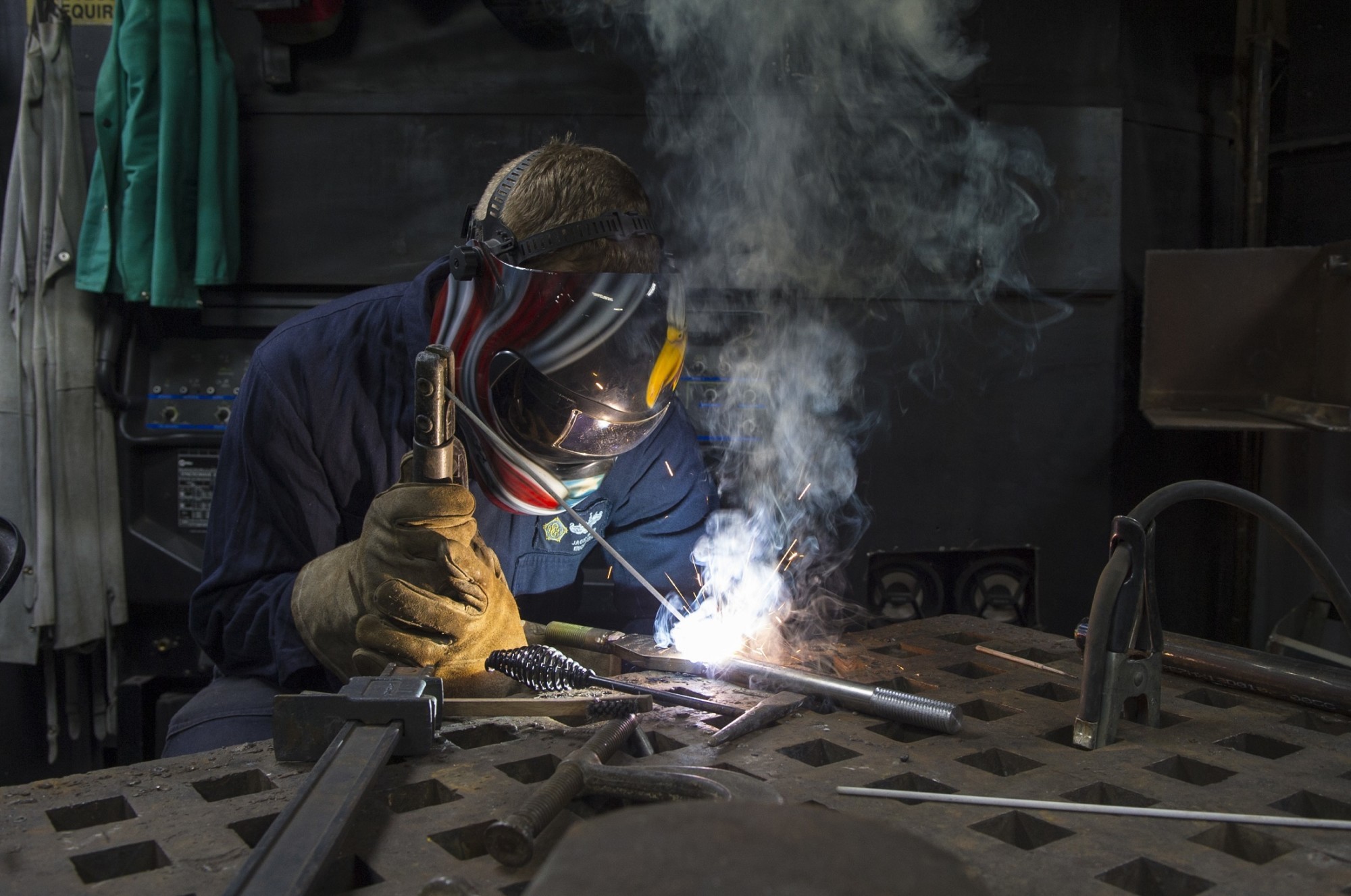Automotive welding is essential when it comes to repairing vehicles.
While many people think that a crack in one of their parts will force them to replace it, auto welding can be used to repair the part. Automotive welding is all about using heat and metal to join pieces together.
There are different types of welding that people use depending on the situation. At the end of the day, welding is done to repair cracks, replace rusted patches, and do more. Learning how to weld can save you a ton of money because you won’t have to buy new parts.
Read on to learn more about automotive welding and the tools used in the process.
What Is Welding Used For?
Welding is often used for jobs that require repairing large surfaces. When it comes to automotive welding, welding can be done to fix a cracked chassis, muffler, rust patch, and more.
Welding is done by using high temperatures to melt down the metal and fuse two parts. The melted metal acts as a joint and prevents the separated pieces from cracking again. You can also replace rusted out parts of metal by patching it.
Types of Automotive Welding
Many different types of welding can be used for a variety of things. Here are some of the most commonly used in automotive repairs:
Tungsten Inert Gas
Tungsten inert gas welding (TIG) is a type of arc welding that uses filler metal to fuse parts. It’s not the best option for those that are beginners because it requires two hands to control and great attention to detail.
Stick Welding
Stick welding is one of the most common ways that people weld. Similar to TIG, stick welding makes use of filler metal to join pieces. The downside to stick welding is that it isn’t precise and its high heat makes it useless when it comes to thin materials like auto sheet metal.
Metal Inert Gas
Metal inert gas welding (MIG) is another common form of welding. MIG uses a gas shield to control the arc and its filler material is fed through the welder. MIG can be done with one hand, making it easier to keep in place the object that you’re welding.
Common Tools Used
Many tools are used in auto welding, but what you’ll need depends on what type of welding you’re doing. The welder is required for all welding projects, and most of them are ready to use when purchased.
Filler Wire
In most cases, you’ll need filler wire to join parts together. Filler wire is what you use to melt and fill in the gaps. These wires are made out of various metals and have different weights, so you’ll want to find one that matches the metal of what you’re joining.
Shielding Gas
Shielding gas is another tool that’s used in most projects. Shielding gas is used to control the arc of your weld and prevent your weld pool from splattering. The weld pool is the area in which the melted metal is resting.
Phase Converter
Welders can use up a lot of energy while running, making it difficult for people to use at home. This can be solved by using a phase converter. Phase converters simulate 3-phase power and allow welders that use 3-phase to run. You should see options to determine if you’ll need one for your welder.
Basic Necessities
Here are tools that you should have as a welder (no matter what type of welding you’re doing):
- Angle grinders to make welds look nice
- Aviation snips to cut out patches
- Welding clips so you can keep metal still while welding
- Body hammers to even out metal during and after welds
- Sheet metal gauge to measure metal thickness for patches
Protective Gear
While having the right tools will help you protect yourself from doing something wrong, protective gear is necessary to avoid injuring yourself. All welders need gloves and a welding coat to prevent burns.
You should also use a welding helmet to protect your face. Welding helmets crucial because the intense light from welding arcs can give you a flash burn, temporarily damaging your eyes.
Auto Welding Tips
Auto welding isn’t something that you’ll be able to perfect within a day. Welding takes practice, so you should spend time doing mock welds. You can try making an automobile patch using old car panels and sheet metal.
Because automobile sheet metal is thin, practice will help you learn how to weld without melting important pieces. Providing that you have all the necessary tools, you should be able to start welding anything.
You should start by investing in a MIG welder because they’re beginner-friendly. Having the ability to use one hand will let you better control the things that you’re trying to weld. The settings of MIG welders are usually set up when they’re put on shelves, so you won’t have to worry about them.
Start Automotive Welding the Right Way
Whether you’d like to start welding in construction or on cars, automotive welding will set you up to learn the fundamentals. There are various types of welding methods you can use, such as TIG, MIG, and stick welding.
If you’re a beginner, MIG may be the best choice for you because it’s a simpler process and doesn’t require much effort. Should you decide to start welding, be sure to get the right tools and protective gear.
Browse our blog to read more articles that can teach you about automotive welding.

